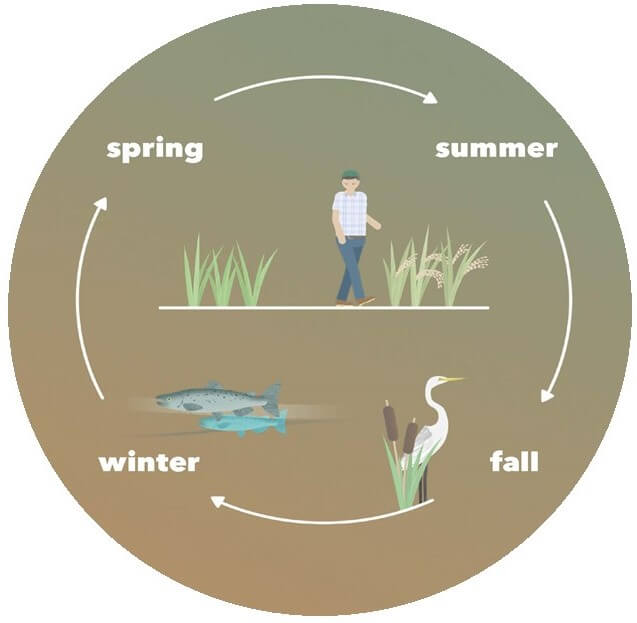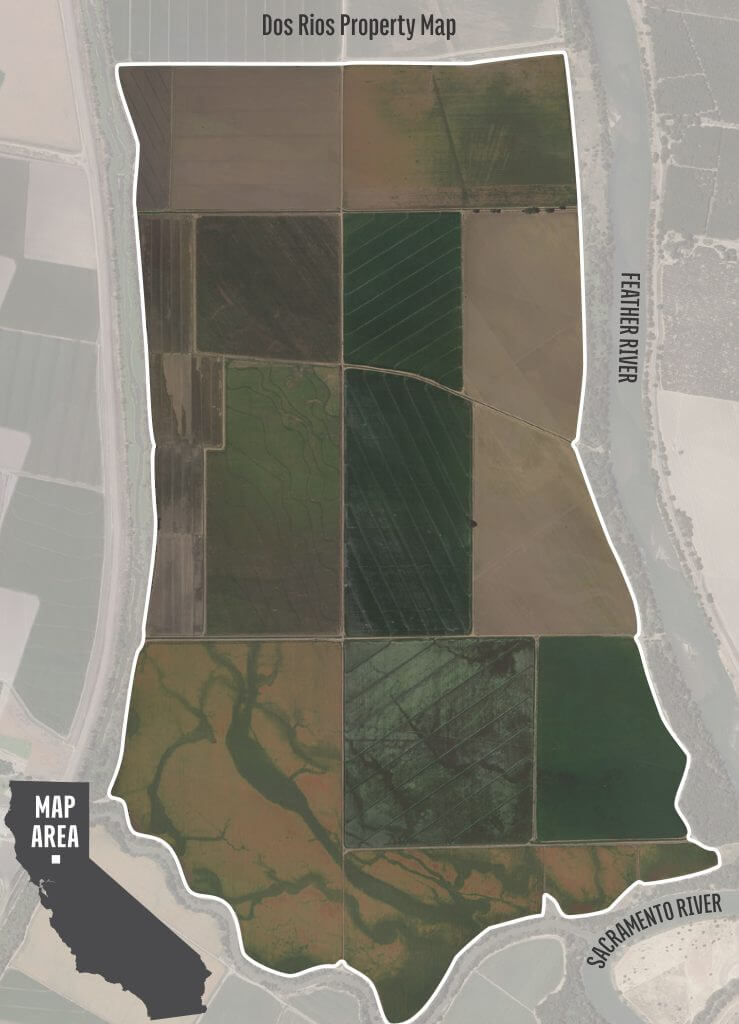By Grant Lundberg
Across the globe, people are pulling together to battle the COVID-19 pandemic. It’s a powerful demonstration of our interconnectedness and, more than that, our ability to work together to cultivate a healthier world.
Now more than ever, I see an opportunity for change in the way we approach California’s water challenges. Attempting to balance an increasing population, higher demand on the agricultural sector, and critical ecosystem-based protections requires a shift in thinking, one that has the potential to provide a win-win-win of multi-beneficial projects for the benefit of all.
The Newsom Administration has identified critical priorities to move water conversations out of “either/or” binaries that pit farmers against fish into more productive “yes, and…” solutions. The goal is to create practical, multi-benefit projects that allow for a more reliable water source for communities, wildlife, farmers, ranchers, and rivers.
Prior to the development of the Sacramento Valley’s flood control system, rivers in the region would rise above their banks and spread out across the landscape, slowing to create shallow habitat and food for juvenile salmon. Today, levees and other flood control projects have separated the rivers from the floodplains, preventing the interaction of water and land that is necessary to grow food for the fish. Several efforts are underway to spread water out and slow it down in the region’s bypasses and on harvested rice fields to re-create the nutrient-rich habitat that once occurred naturally.

Farmland (primarily rice fields), wildlife refuges, and flood control bypasses can work together for conservation while continuing to provide flood protection for the Sacramento Valley. We can have our flood protection and our floodplains too! Spreading out and slowing down water across this landscape mimics natural flows and provides multiple benefits year-round.
One such effort is the Dos Rios Project, which we have advanced at Lundberg Family Farms. The Dos Rios Project is a prime example of this new “yes, and…” thinking. It provides nearly 1,500 acres of reactivated floodplain habitat that will serve as a multi-benefit model for future innovative water management, continued farming, and salmon recovery efforts throughout California. In other words, it supports floodplains, farming, and fish.
Dos Rios joins a series of other projects in the bypasses that will collectively advance our efforts for floodplain reactivation, as shown in the Proof is in the Projects. This project aims to implement many aspects of the Newsom Administration’s water resilience portfolio, including an environmental easement on nearly 1,500 acres with farming from April through September, riparian flooding from October to March, and minor improvements for fish passage.

Located at the confluence of the Sacramento River, Butte Creek, and the Feather River, the Dos Rios Project can be accessed by all salmon runs that spawn in the upper Sacramento River, Butte Creek spring run, and Feather River spring and fall runs. Winter run juveniles out-migrating through the Sacramento river will be able to access the agricultural floodplain at Dos Rios multiple times per year as the Sutter Bypass inundates from backwatering.
In addition to habitat for fish, continued farming, and flood control, the Dos Rios Project offers a haven for wintering waterfowl, improved water quality, and groundwater recharge. It is a multi-benefit model for future innovative water management. More than that, it is a win-win-win of working in partnership with nature so we can cultivate a healthier world for generations to come.
For more information on the Dos Rios Project, please contact Mike Denny at mdenny@lundberg.com or Maya Kepner at maya@americanwestconservation.com, or visit here.



